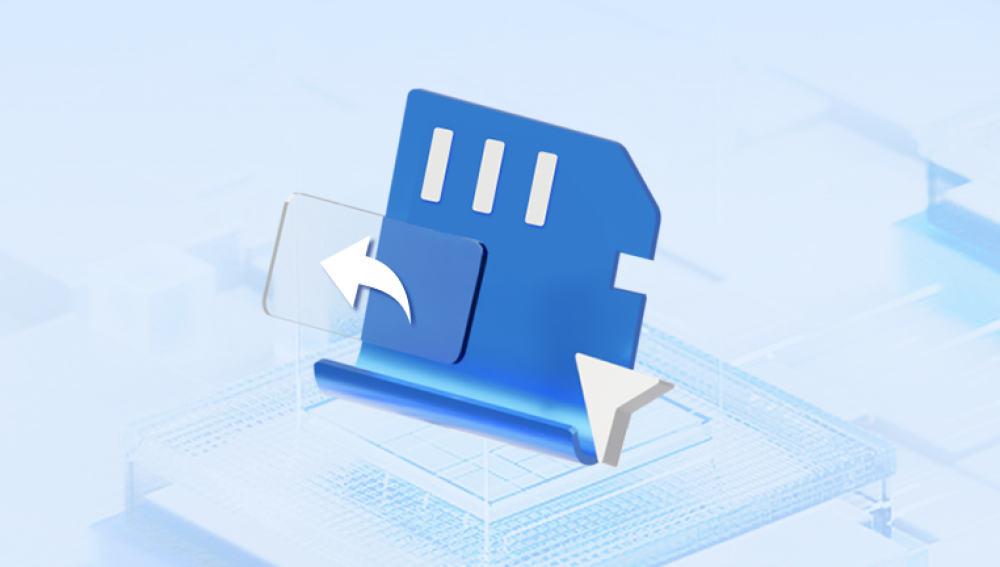SanDisk SD cards are widely used for storing important data, including photos, videos, documents, and other files. However, data loss can occur due to accidental deletion, formatting, corruption, or physical damage. Recovering lost files from a SanDisk SD card requires the right tools and methods to maximize the chances of successful retrieval.
Common Causes of Data Loss on a SanDisk SD Card
Before diving into recovery methods, it’s essential to understand the potential causes of data loss:

Accidental Deletion – Files are unintentionally deleted.
Formatting – The SD card is formatted, erasing all stored data.
Corruption – Files become inaccessible due to logical corruption.
File System Errors – The SD card displays errors, making data unreadable.
Virus or Malware Attacks – Malicious software corrupts or deletes files.
Physical Damage – Physical wear and tear or external damage can impact data retrieval.
Improper Ejection – Removing the SD card while in use can cause data corruption.
Precautions Before Attempting Recovery
To improve your chances of successful data recovery, follow these precautions:
Stop using the SD card immediately to prevent overwriting lost files.
Do not format or attempt to modify the card until recovery is complete.
Use a reliable card reader to ensure stable connectivity with your computer.
Ensure your device has adequate power to avoid interruptions during recovery.
Methods to Recover Files from a SanDisk SD Card
1. Check the Recycle Bin (For Transferred Files)
If you transferred files from the SD card to a computer and accidentally deleted them, check the Recycle Bin. Restoring files from the Recycle Bin is straightforward.
2. Use Data Recovery Software
Losing important files can be frustrating, whether due to accidental deletion, formatting, or a system crash. Fortunately, Drecov Data Recovery offers a reliable solution for retrieving lost data quickly and efficiently. With advanced scanning algorithms and an easy-to-use interface, it helps users recover files from various storage devices, ensuring minimal data loss.
Key Features of Drecov Data Recovery
Comprehensive File Recovery – Drecov Data Recovery supports the retrieval of documents, photos, videos, emails, and other file types. No matter how the data was lost, it can help restore your valuable information.
Multiple Device Support – It works with hard drives, SSDs, USB flash drives, memory cards, and external storage devices. Whether your data is lost on a PC, Mac, or removable drive, Drecov Data Recovery can help.
Quick & Deep Scan – The software provides both quick scanning for recently deleted files and deep scanning for more complex recoveries. This ensures that even files lost due to formatting or corruption can be retrieved.
User-Friendly Interface – Designed for both beginners and professionals, Drecov Data Recovery makes file restoration simple with its intuitive navigation and step-by-step recovery process.
Preview Before Recovery – Users can preview files before restoring them, ensuring they recover exactly what they need.
How to Recover Files Using Drecov Data Recovery
Download and Install – Get Drecov Data Recovery from the official website and install it on your computer.
Select the Drive – Choose the storage device where the lost files were located.
Scan for Lost Data – Run a quick or deep scan to locate recoverable files.
Preview and Recover – Select the files you want to restore and save them to a secure location.
3. Recover Using Command Prompt (Windows Users)
Windows provides a built-in tool (CHKDSK) to repair corrupted SD cards and recover files.
Steps:
Connect the SD card to your computer.
Open the Command Prompt (Press Win + R, type cmd, and press Enter).
Type the following command and press Enter:
chkdsk X: /f /r /x
(Replace X with your SD card’s drive letter.)
Wait for the process to complete, then check if your files are accessible.
4. Restore from a Backup
If you have previously backed up your files to a cloud service (Google Drive, OneDrive) or an external drive, restore them from the backup.
5. Use PhotoRec for Advanced Recovery
PhotoRec is an open-source tool that specializes in recovering lost files from SD cards.
Steps:
Download and install PhotoRec.
Run the program and select your SD card.
Choose the file types you wish to recover.
Start the recovery process and save files to a secure location.
6. Seek Professional Data Recovery Services
If your SD card has suffered severe physical damage, software solutions may not be effective. In such cases, professional data recovery services, such as those offered by SanDisk or specialized recovery labs, may be your best option.
Preventing Future Data Loss
To avoid data loss in the future, follow these best practices:
Regularly back up important files to an external drive or cloud storage.
Use reliable SD cards from trusted brands and avoid counterfeit products.
Safely eject the SD card before removing it from a device.
Keep the SD card away from extreme temperatures, moisture, and physical damage.
Use antivirus software to protect against malware that can corrupt your files.




